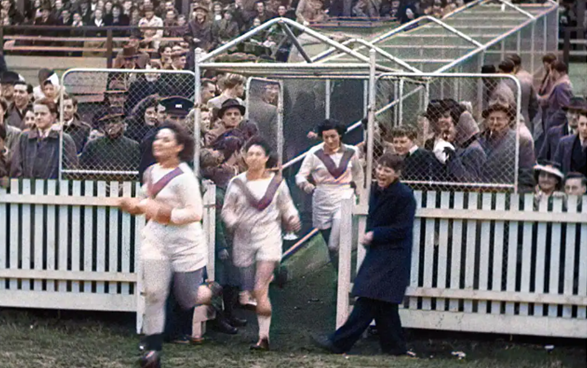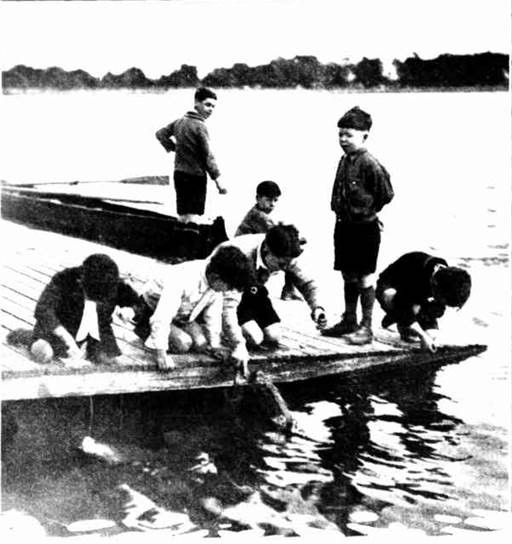
The Shrine to Sea Project
Thematic History
Aboriginal Cultural Values
A Series of Vignettes
Department of Environment, Land, Water and Planning (now Department of Energy, Environment and Climate Action)
St Kilda, Victoria
The Shrine to Sea project will create a vibrant new boulevard connecting the Domain Gardens to Port Phillip Bay, transforming the area with more open space, a greener boulevard, safer pathways for walking and cycling, and opportunities to explore local history.
The Department of Environment, Land, Water and Planning (now Department of Energy, Environment and Climate Action) engaged Context (now GML) to prepare a Thematic History and Aboriginal Cultural Values report for the Shrine to Sea project. Covering both Aboriginal and non-Aboriginal histories, this thematic history and the Aboriginal Cultural Values Assessment will help guide the project’s development.
A key initiative of the Shrine to Sea project is Celebrating Local Stories, showcasing the rich history and culture of the boulevard area through a series of vignettes. Drawing on the thematic history as well as additional targeted research, GML developed five stories that celebrate the area’s vibrant past, which takes in parts of Middle Park, Albert Park and South Melbourne.
The first story, The hidden history of women’s Aussie Rules football in South Melbourne, explores early women’s football in Victoria. While women’s participation in professional Australian Rules football is relatively recent, matches were held as early as 1947 at the South Melbourne Cricket Ground (now Lakeside Oval).
The second story, Albert Park Lake: from natural lagoons to formalised lake, delves into the area’s transformation from natural lagoons into the formalised Albert Park Lake that Melburnians appreciate today. Although millions of locals and visitors enjoy the lake every year, many are unaware that the area was once a rich, wild wetland for many thousands of years before.
In G’day neighbour! Building a community, the third story travels back to the 1800s and explores colonial settlement, and the emergence of new communities and neighbourhoods in the areas surrounding the Shrine to Sea Boulevard. From hopeful gold-seekers to the working-class poor, to the immigrants arriving after World War II, the area holds the stories of people of many different backgrounds. This instalment tells some of the stories of those that arrived decades before our time, helping us to further understand the building blocks of the neighbourhoods that we now enjoy today.
With Albert Park Lake, the Kerferd Road Pier, and beaches all close by, water recreation has become embedded in the identity of the area. The fourth instalment, Sands of time: a history of water recreation, explores how these water-based areas helped to shape the community. From providing crucial dietary sustenance for Traditional Owners to popularising learn to swim programs, the history behind these areas certainly makes a splash.
The final part of the series, Nerrm: land, sea and sky, reflects on the deep connections of the Traditional Owners of the Kulin Nation, who occupied their Country for tens of thousands of years. This story explores their long-standing use and care of Country and the traumatic impacts of colonisation.
To learn more about Celebrating Local Stories, visit the Shrine to Sea project. In September 2024, the Victorian Government released the Shrine to Sea Masterplan to the public.

Fishing for yabbies in Albert Park Lake. Source: Weekly Times, 27 February 1932



